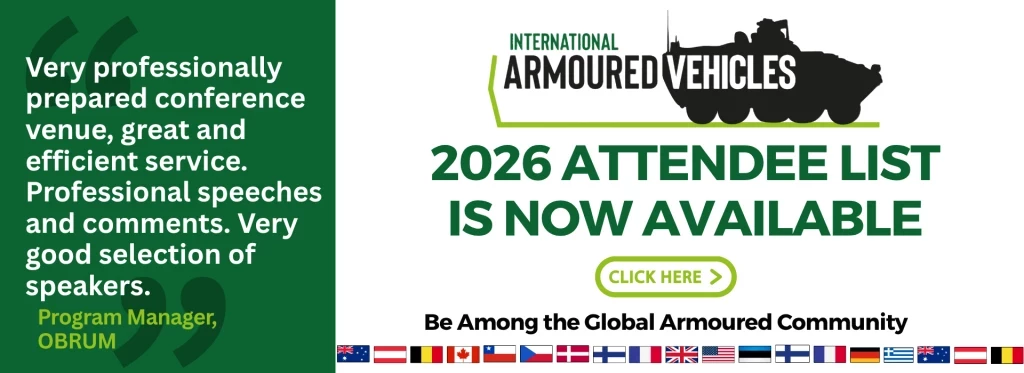Steel Hexagon: The evolution of armoured vehicle requirements
NATO military strategists increasingly acknowledge that the future of war is in cities. How are armoured vehicle requirements evolving to reflect this?
Add bookmarkHow is NATO tackling new armoured vehicle requirements?
Land power is indispensable for achieving strategic objectives on the ground. The need for mobility and protection is vital for any global fighting force. As such, the armoured vehicle remains a core aspect of military doctrine, giving soldiers the ability to move at speed while under protection - increasing both the operational range and combat effectiveness of ground forces.
Defence procurement for armoured vehicles has always centred on the “iron triangle” – firepower, protection and mobility.
However, in this modern age there are now far more elements to consider: Mobility, Lethality, Autonomy, Adaptability, Connectivity, Survivability.
Armoured vehicle requirements have grown more complex since the Cold War
The balance between these new requirements is important for ensuring that armoured vehicles are not restricted by their design constraints. Battlefields of the future will be more complex, diverse and dangerous, but the role of infantry remains just as important to combat operations.
For example, there is a growing consensus that future operations will be conducted in urban environments with unpredictable variables to consider, such as dense populations, subterranean operations, multi-level infrastructure and dense compact terrain.
Check out the full report for analysis on each segment of the steel hexagon, current and future projects, industry pain points and what the keys are to increased ground capability.
Featuring insight from:
- Ted Maciuba, Robotic Requirements at US Army Maneuver Center of Excellence
- Christopher Foss, IHS Jane’s Analyst
- Tyron USA
- And more...






















